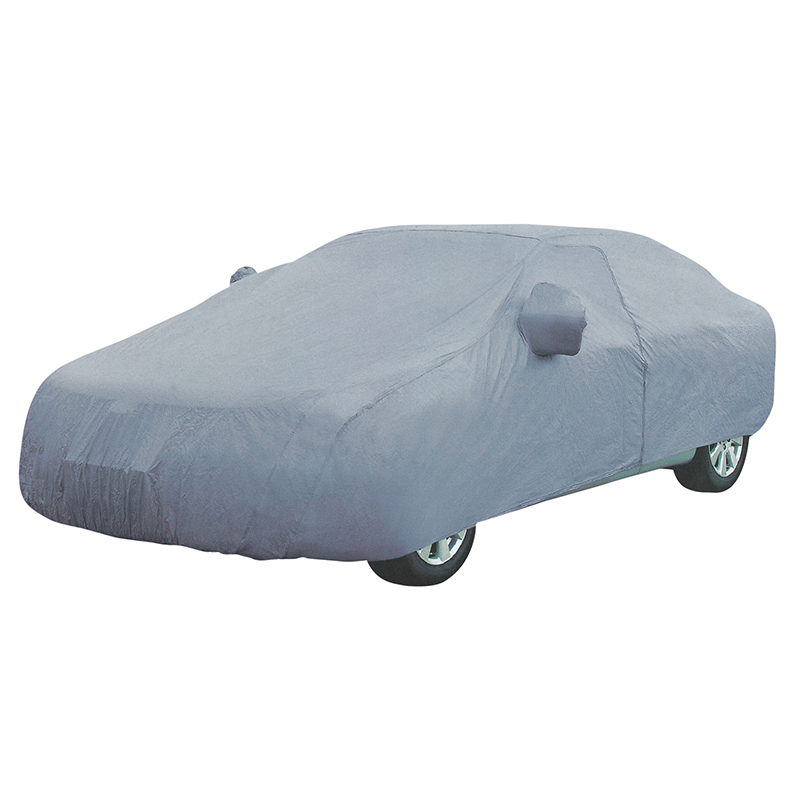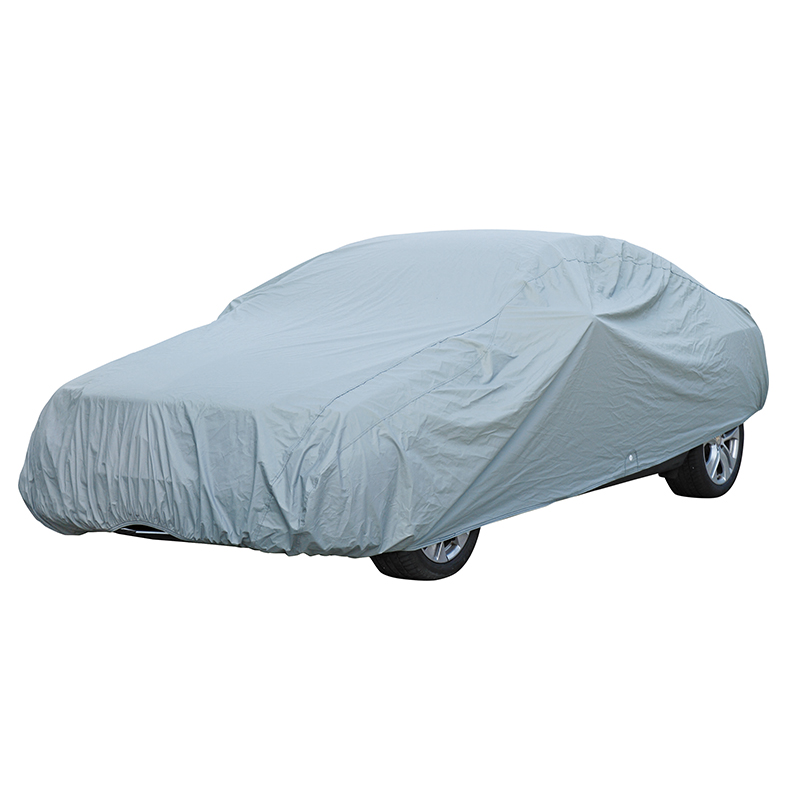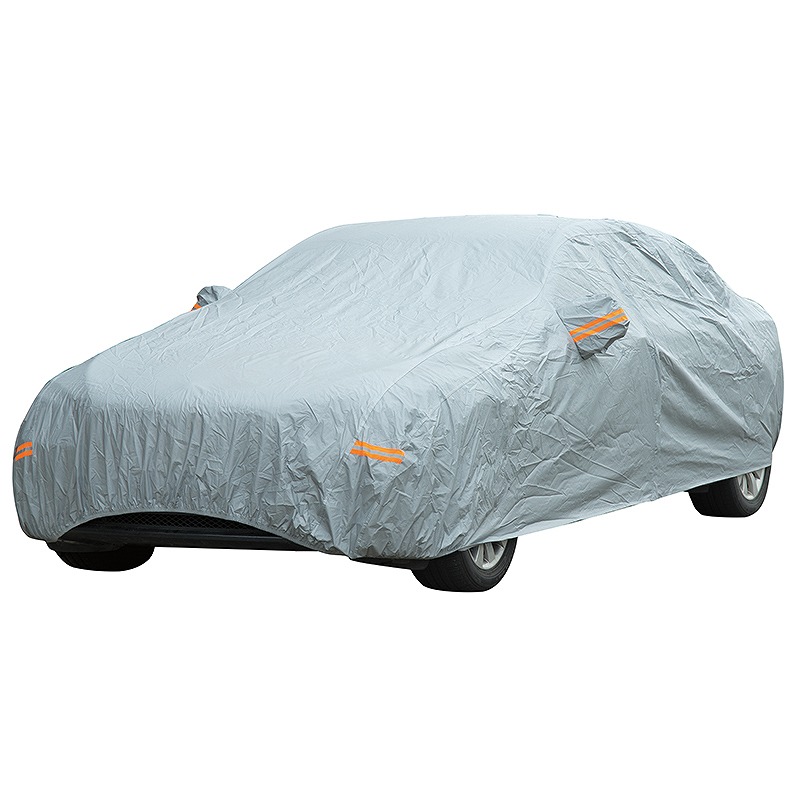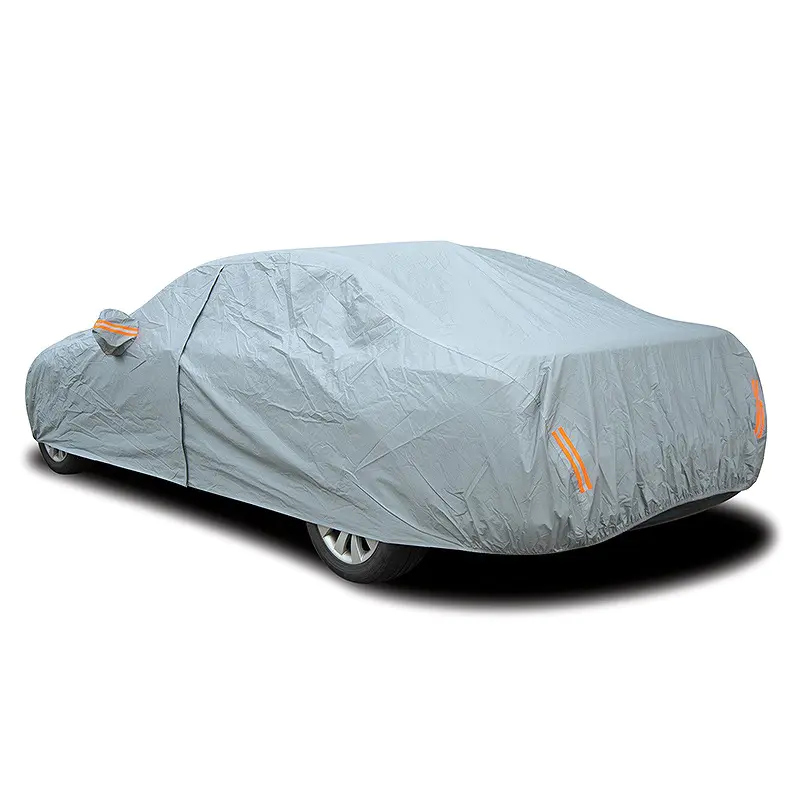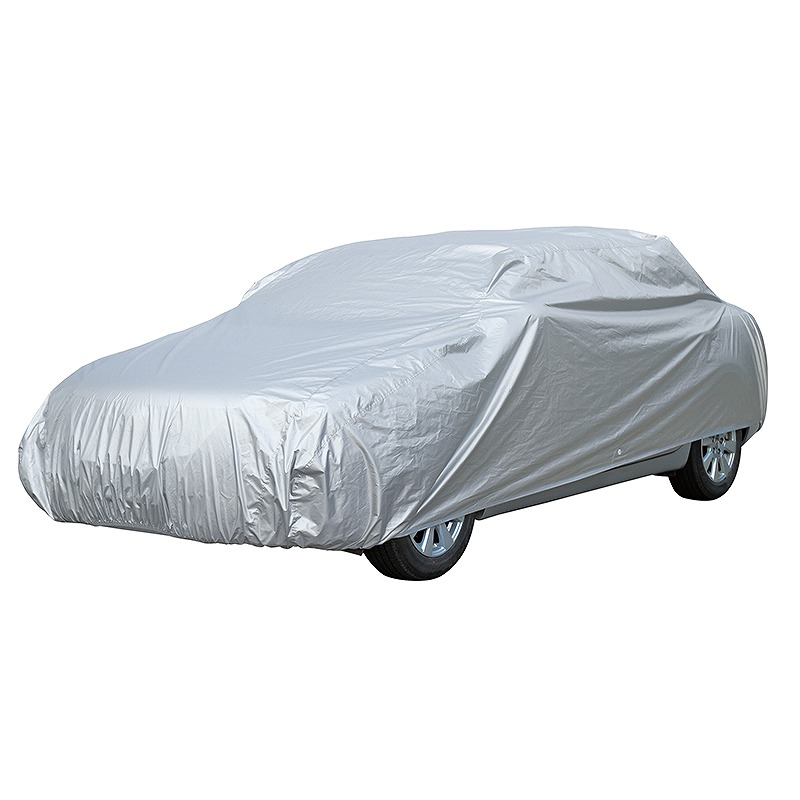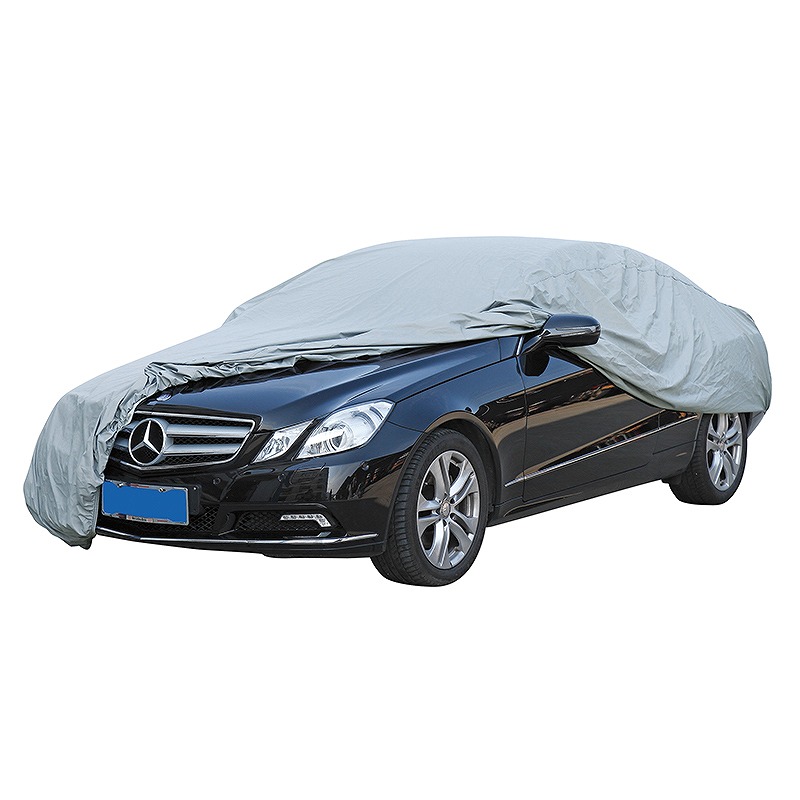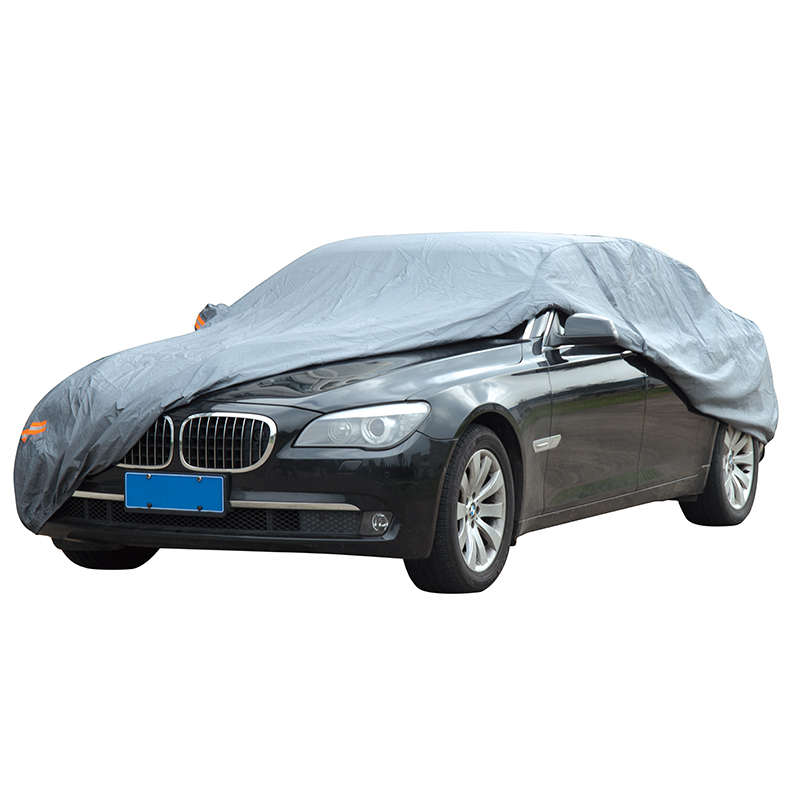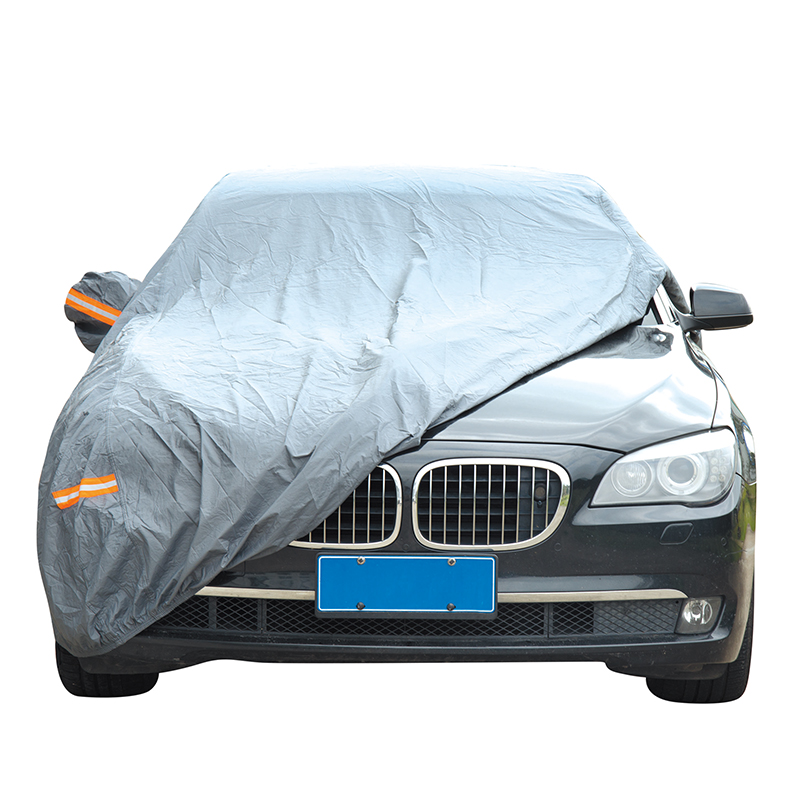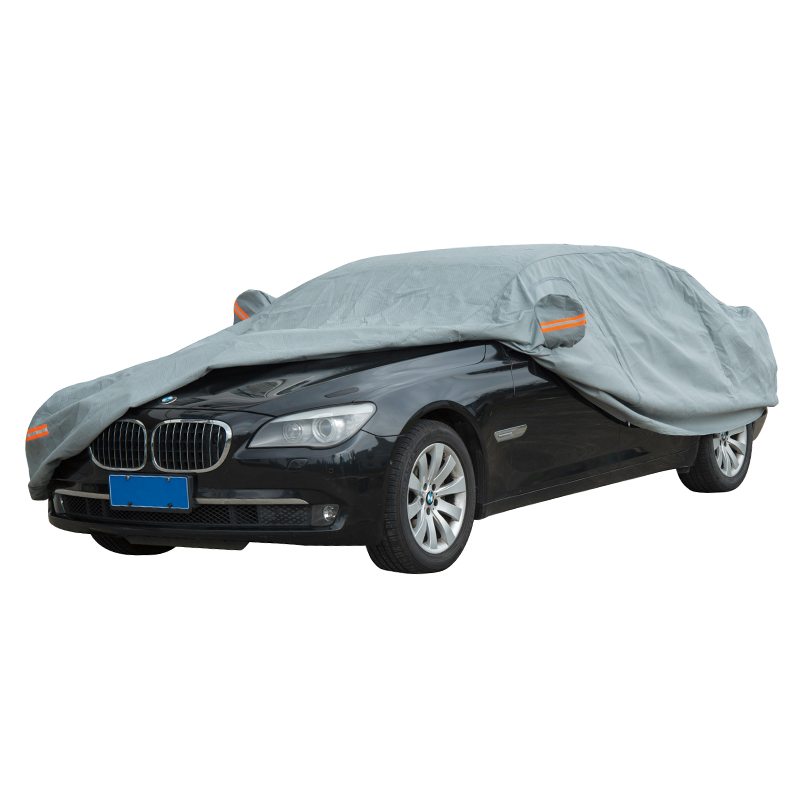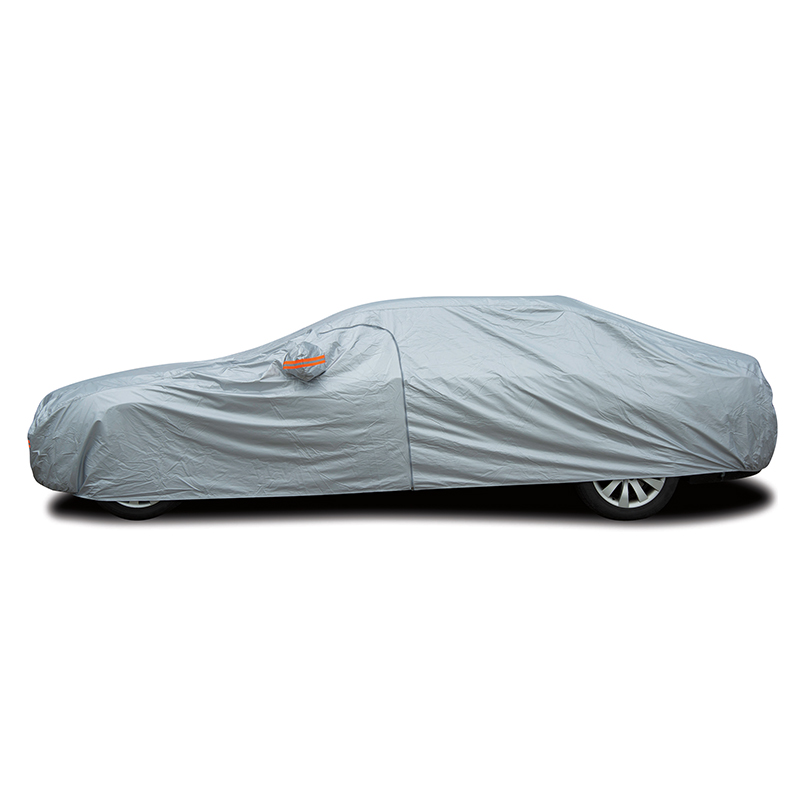The installation of steering wheel covers and car seat covers is often underestimated, yet it can have a measurable impact on driving ergonomics, interior preservation, and personal comfort. Rather than approaching these accessories as decorative details, it is useful to recognize their role in shaping daily vehicle use and long-term upkeep. A thoughtful installation process ensures that functionality aligns with aesthetics.
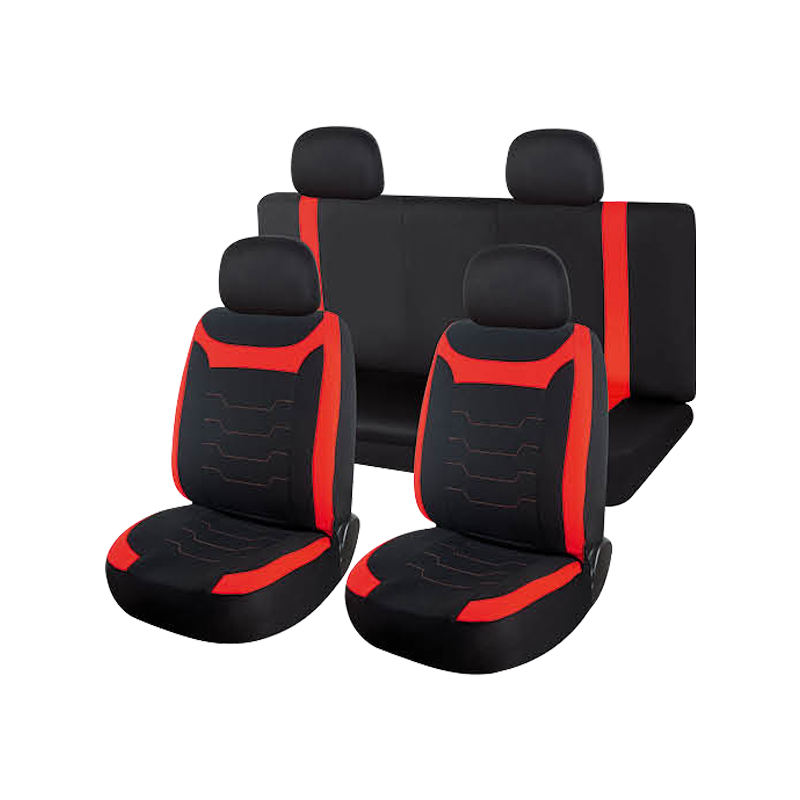
Preparation and Initial Considerations
A successful installation begins with preparation that goes beyond removing packaging. Before fitting any cover, evaluate the condition of the steering wheel and seats. Any residual grime, moisture, or worn patches can compromise adhesion or allow shifting over time. It is advisable to clean surfaces using gentle, pH-balanced solutions that will not damage upholstery or leave residues.
Allow materials to dry completely to prevent trapping moisture underneath the covers, which could result in odors or gradual deterioration. While waiting, inspect each cover carefully. Verify that fasteners, elastic panels, and stitching are intact. Checking dimensions against the vehicle’s specifications is also worthwhile, especially for seat covers designed to accommodate side airbags or integrated controls.
Techniques for Steering Wheel Cover Application
Unlike many other accessories, steering wheel covers often require both patience and force. The snug fit they provide is essential for preventing movement during operation. Rather than forcing the cover into place immediately, it can be helpful to warm it gently, as pliable materials will stretch more evenly. Sunlight exposure or moderate heat from a hair dryer can soften the cover sufficiently without compromising the material.
Start at the upper arc of the wheel, anchoring the cover before progressing along each side. Applying balanced tension while moving downward reduces the risk of uneven placement or creasing. As you approach the lower curve, distribute the remaining material gradually, using your palms to ease it into position. After securing the final segment, examine the circumference for any gaps or puckering. A proper installation will feel uniform to the touch, with consistent resistance when you turn the wheel.
Approach to Fitting Car Seat Covers
Car seat covers can vary substantially in their complexity. Some models are designed for a slip-on installation, while others include multiple layers and attachment systems. Removing headrests before positioning the cover typically simplifies the process. Aligning the upper section accurately is important to avoid excessive stretching or distorting the seams.
Once the cover is draped over the seat back, smooth any folds before pulling the lower portion into place. Fasteners underneath the seat secure the fit and shifting during use. For vehicles equipped with side airbags, confirm that any designated openings remain clear. This precaution is not only a matter of proper fit but also critical for occupant safety.
Reattach the headrests by guiding them through the designated slots. Make incremental adjustments to maintain symmetry, ensuring that the cover does not interfere with recline levers or built-in storage compartments.
Ongoing Care and Adjustments
Installing covers is not a one-time effort; their condition should be assessed periodically. Subtle loosening over weeks of use can lead to wrinkles, which diminish visual appeal and may cause discomfort. For steering wheel covers, monitor stitching integrity and tactile surface quality. A cover that begins to rotate under pressure warrants prompt repositioning or replacement.
Cleaning regimens depend on material composition. Textile covers benefit from occasional machine washing, following care instructions to avoid shrinking. Synthetic leather or composite options can typically be maintained with a damp cloth and mild detergent. Avoid abrasive tools or solvent-based cleaners, which risk surface degradation.
Functional and Aesthetic Advantages
While protection is often the main motivation for installing these accessories, the added comfort and customization should not be overlooked. In warmer climates, breathable fabrics dissipate heat more effectively than untreated upholstery. During colder months, padded covers create a warmer, more forgiving surface. Over time, this reduces wear from repeated entry and exit and helps preserve resale value.
Style preferences also inform selection. Many drivers alternate between designs, changing the vehicle’s appearance with seasonal or thematic updates. This flexibility supports both practical needs and personal expression without requiring extensive interior modifications.
With careful preparation, methodical installation, and consistent maintenance, steering wheel covers and car seat covers can enhance both daily driving and long-term vehicle condition.

 English
English 中文简体
中文简体 русский
русский Español
Español Deutsch
Deutsch عربى
عربى